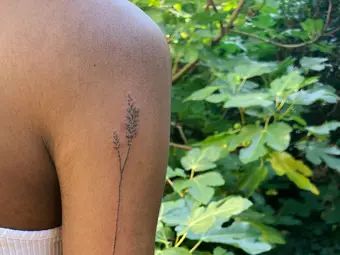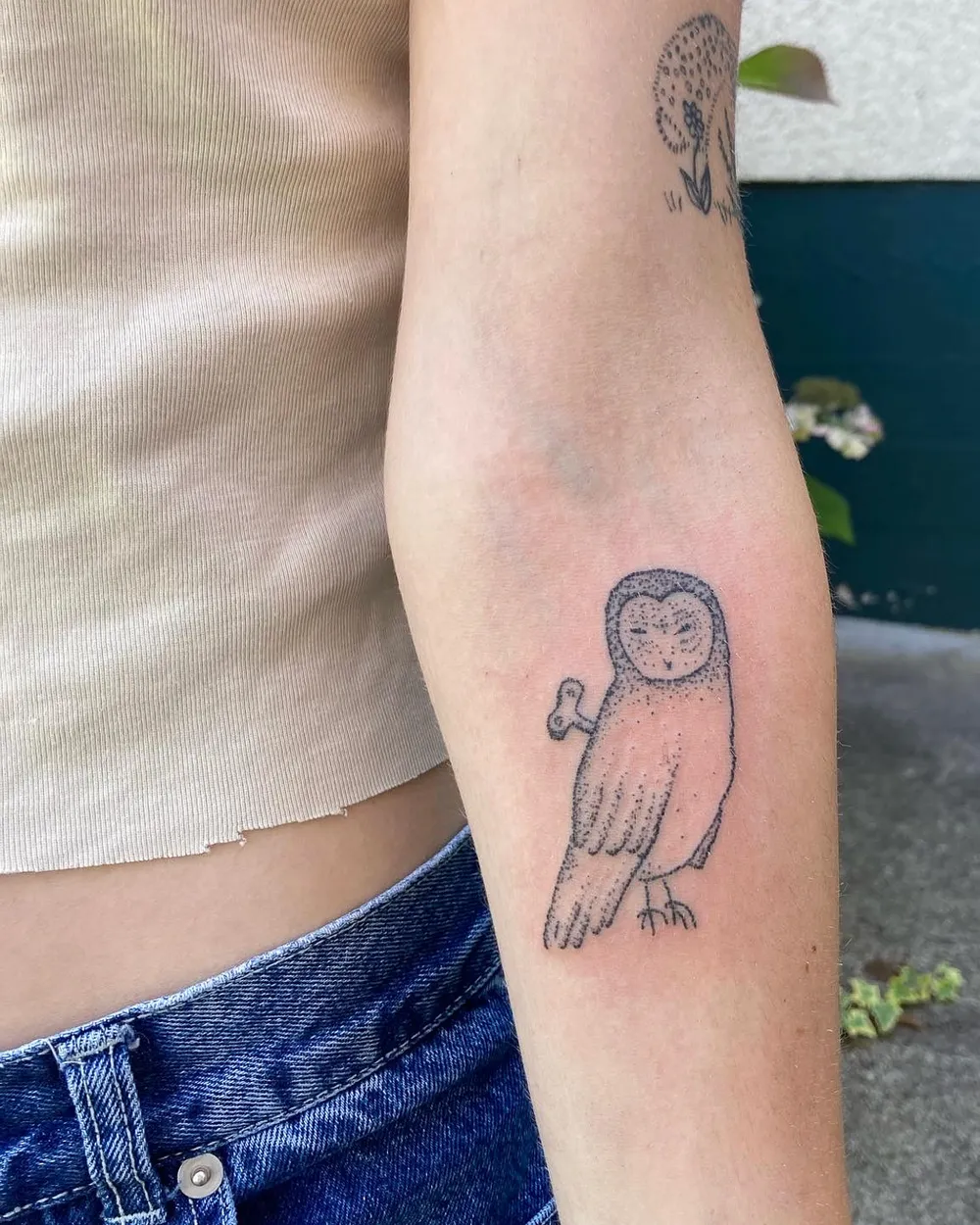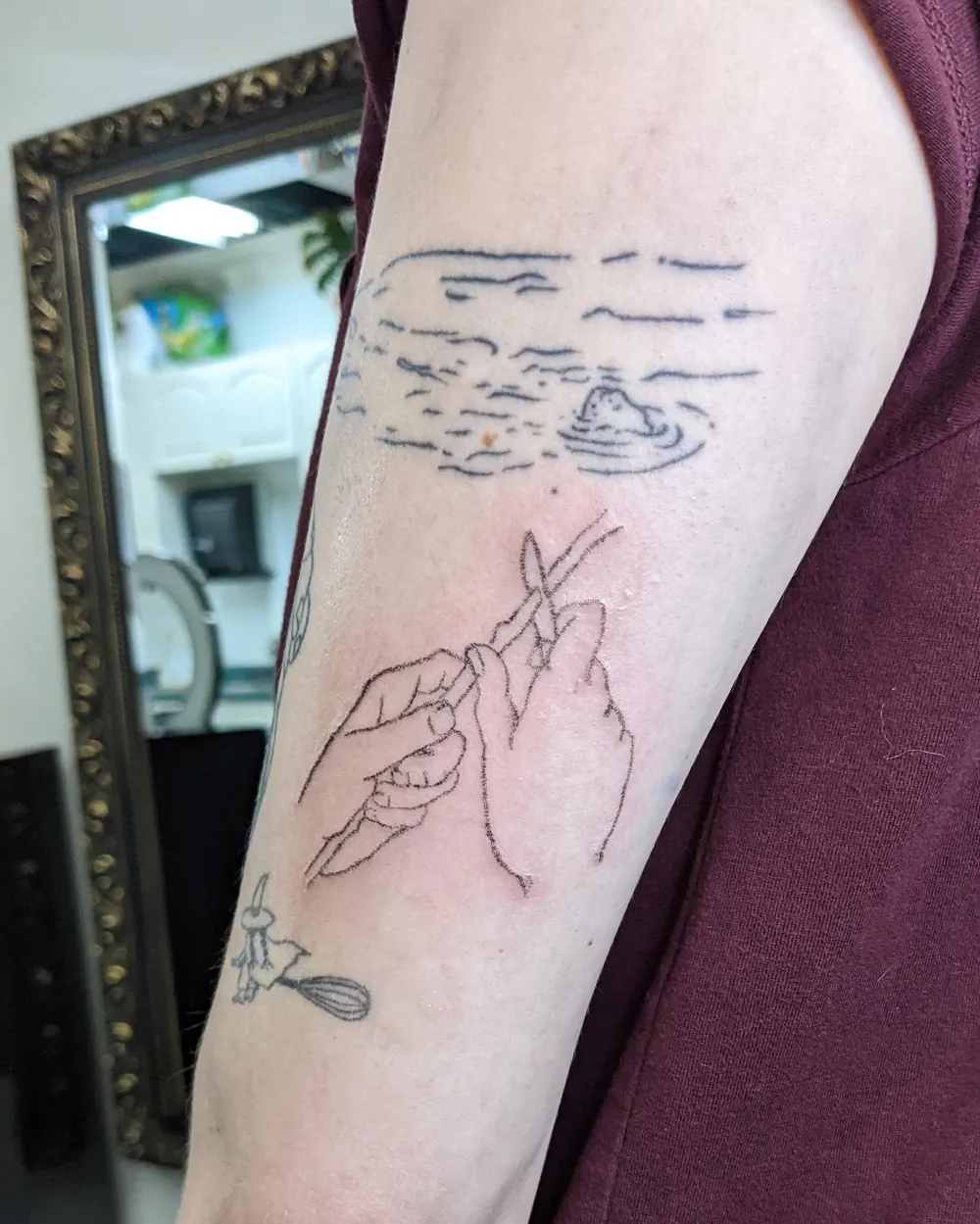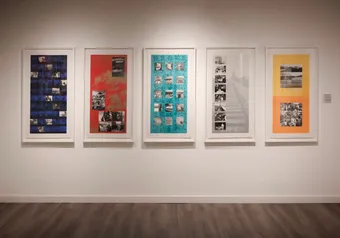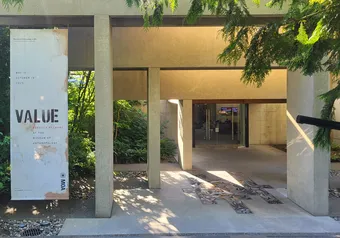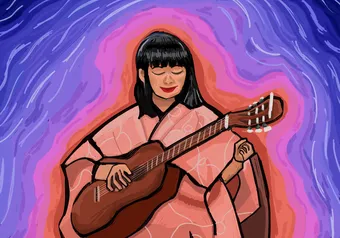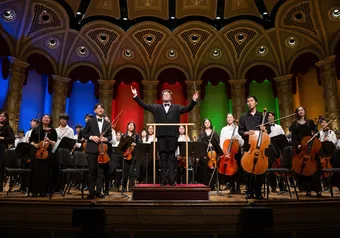If you’re looking to get some ink on your skin, you may not have to look far: there are some talented tattoo artists in the UBC student body. But, for a piece of art that you'll likely carry on your body for the rest of your life, many prefer to choose artists that relate to the nuances of their gender-nonconforming experiences.
According to two such artists at UBC, it's heartening to see the increasing amount of Queer representation in the tattoo community.
Tattoos are a powerful method of self-expression, and can play a part in making anyone feel more comfortable in their body. This can be particularly valuable to 2SLGBTQIA+ people, who may not feel that their identities are reflected in their bodies, or are understood by society.
Clara Sismondo, a tattoo artist and fourth-year student in geology and honours English, said tattoos can help Trans and nonbinary individuals affirm and express their own identities. The joy that comes with that affirmation is called gender euphoria.
“Tattooing is really important to me in terms of reclaiming cisnormative and heteronormative beauty standards,” said Sismondo. “For me as a Trans person, body modification has been an important part of my transition and continues to be, and tattooing is a part of making my body come into the world the way I feel.”
Sismondo has been doing hand-poke tattoos for about half a year. Their first canvas was themself.
“There's something really, really meditative about being able to just create that art on my own body and have that sense of ownership.”
That experience of grounded connection is just as important when Sismondo is inking other people.
“It's a lovely way to connect with people in a really intimate experience, to sit down with someone and create this permanent piece of art on their body.”
This sense of intimacy is a major reason why Queer representation in tattooing is so important: a positive tattoo experience involves being able to fully trust the tattoo artist.
“As a Queer and Trans person, it feels way more safe and comfortable [for me] to go to a Queer, Trans tattoo artist,” said Sismondo.
Learning to tat
On the other side of the needle, community is essential to beginning artists learning where to start.
Li Yang is a third-year psychology major and hand-poke tattoo artist at Chi Collaborative in Burnaby. Although Yang could be described as self-taught, having never gone through a formal apprenticeship process, they prefer to credit their teachers and supporters.
“I like to say community-taught because a lot of the stuff I know about the process and techniques, I learned from the internet community, and a lot of the Queer community in general," said Yang.
These techniques aren’t just about improving their style. Yang said these online resources are crucial in learning tattoo safety.
“It's kind of like a harm-reduction thing. If you don't do it right, you can get sepsis.”
In the same way that 2SLGBTQIA+ individuals and organizations often provide information and resources that are unavailable elsewhere out of necessity, such as safer sex supplies or information about where to receive gender-affirming health care, aspiring Queer tattoo artists often turn to online resources shared by their friends and community.
While community information exchange about tattooing is not an exclusively 2SLGBTQIA phenomenon, it is often a response to the traditional gatekeeping tendencies of the broader tattoo industry — which has been dominated by straight, cis, white men.
Yang explained that the traditional path to becoming a tattoo artist starts with an apprenticeship in a parlour. However, apprentices are treated more like unpaid interns instead of being properly trained or compensated.
“It's kind of a gatekeeping system that has been set up by the white people, the old, straight, cis white men like [in] tattoo parlours, which is ironic because, you know, the knowledge that they have about tattooing is largely taken from Indigenous peoples.”
Many Indigenous cultures, including Inuit, Secwepemc and Anishinaabe communities, have histories of tattooing which some settler tattoo artists have appropriated.
The rise of visible, marginalized artists on the internet, many of whom are community-taught, is a promising sign that the tattoo industry is gradually moving away from gatekeeping and theft.
“I'm really excited that the world of tattooing is opening up to so many people who have been historically excluded from it, and also is becoming more aware of the history of tattooing,” said Sismondo.
“I think that it is just such a beautiful art practice,” said Yang. “And I think if anyone is interested in it, there didn't used to be, but there's lots of resources now out there that are available for people.”
First online
Share this article


